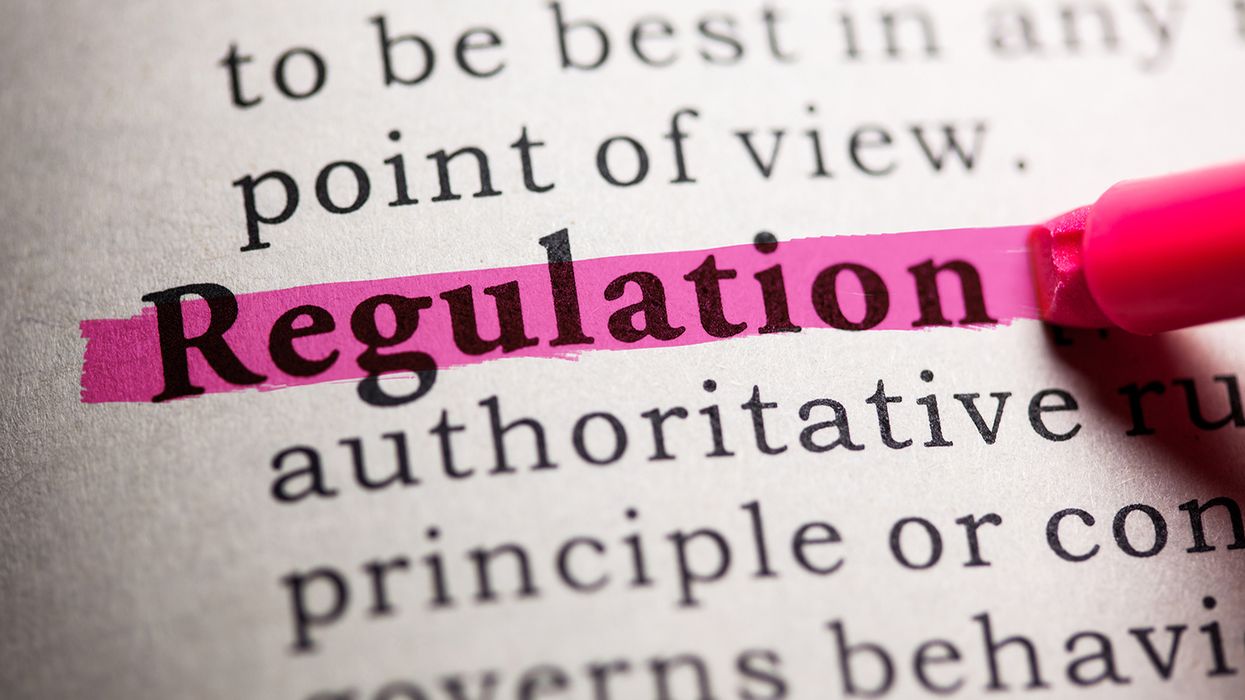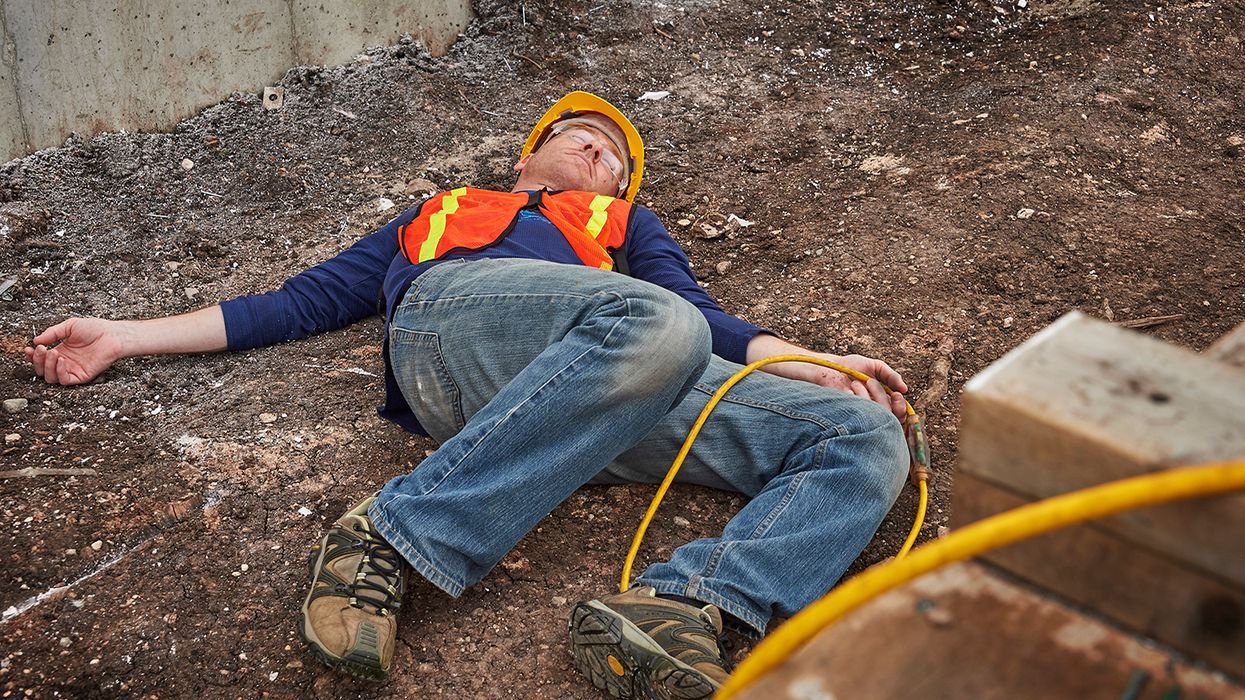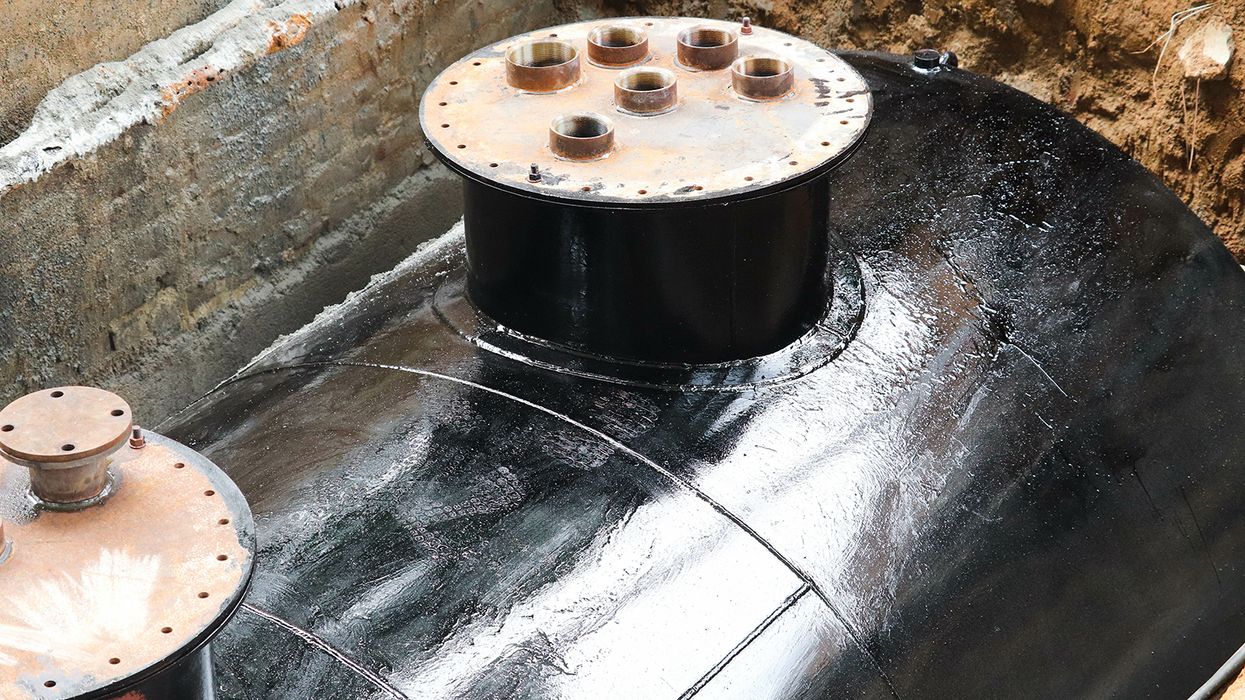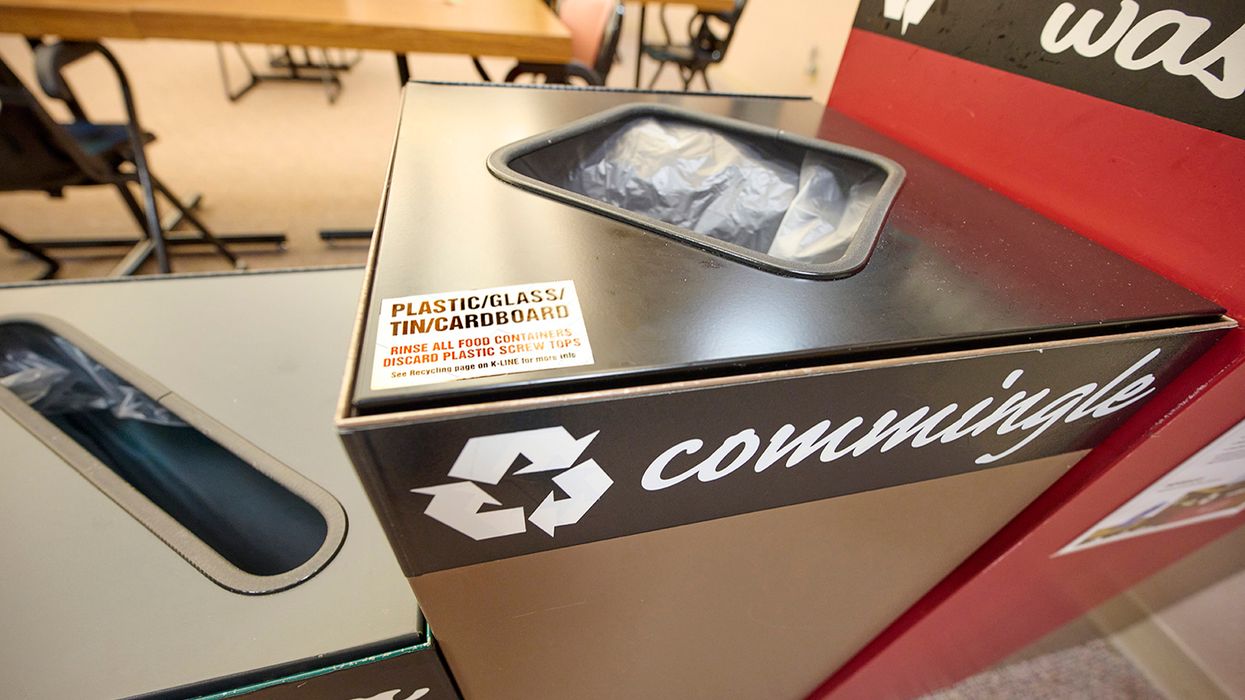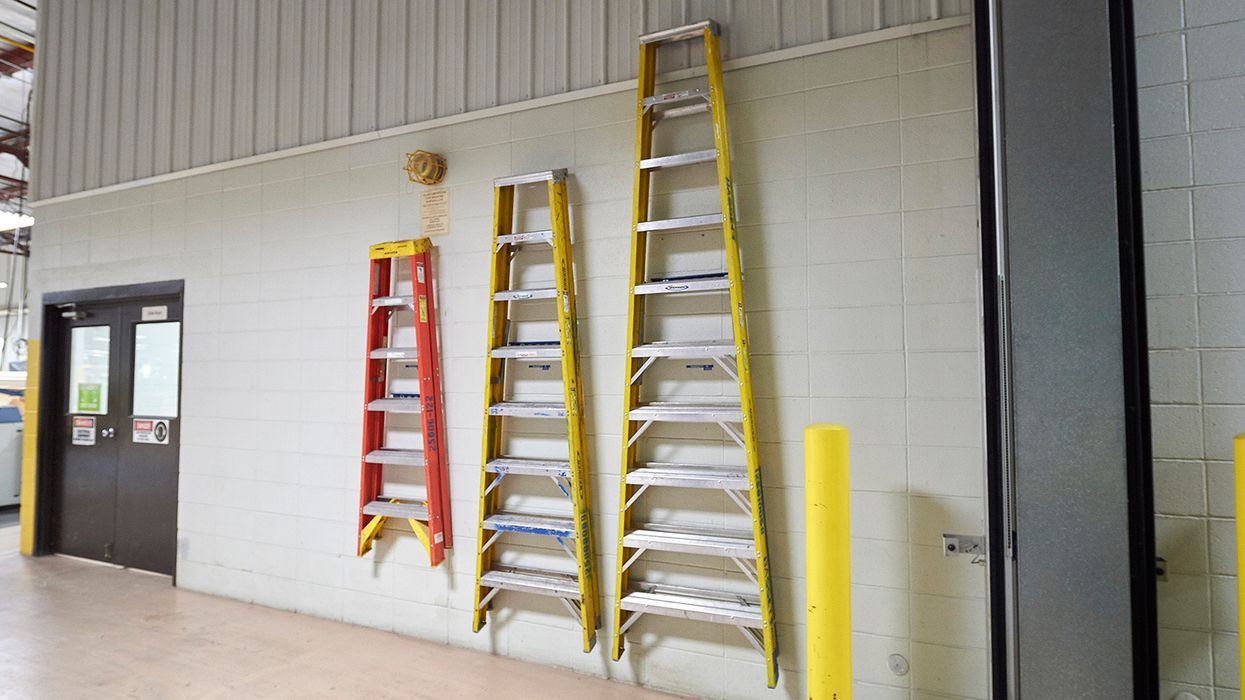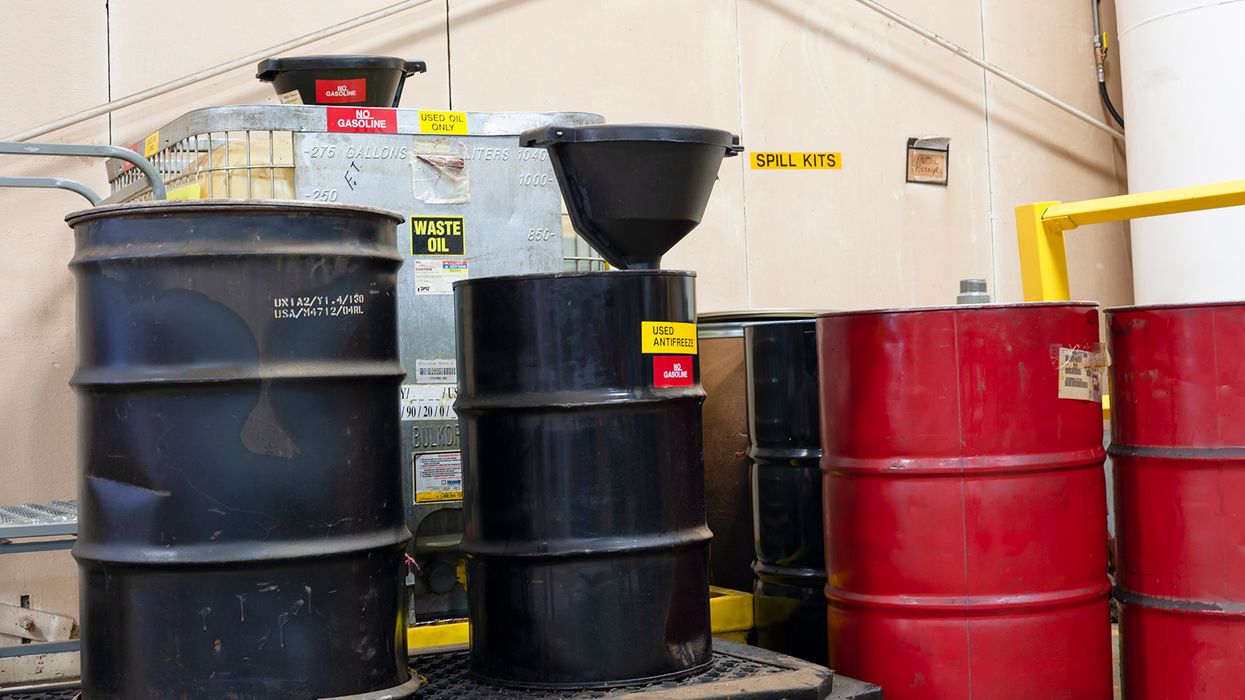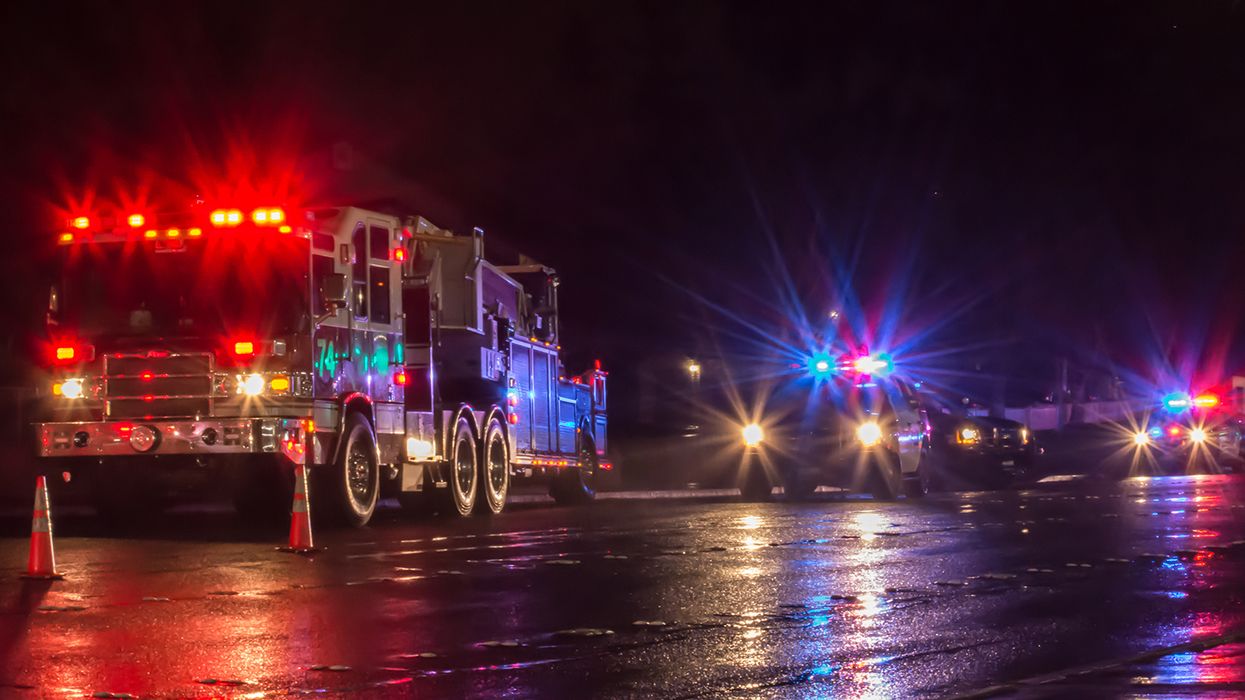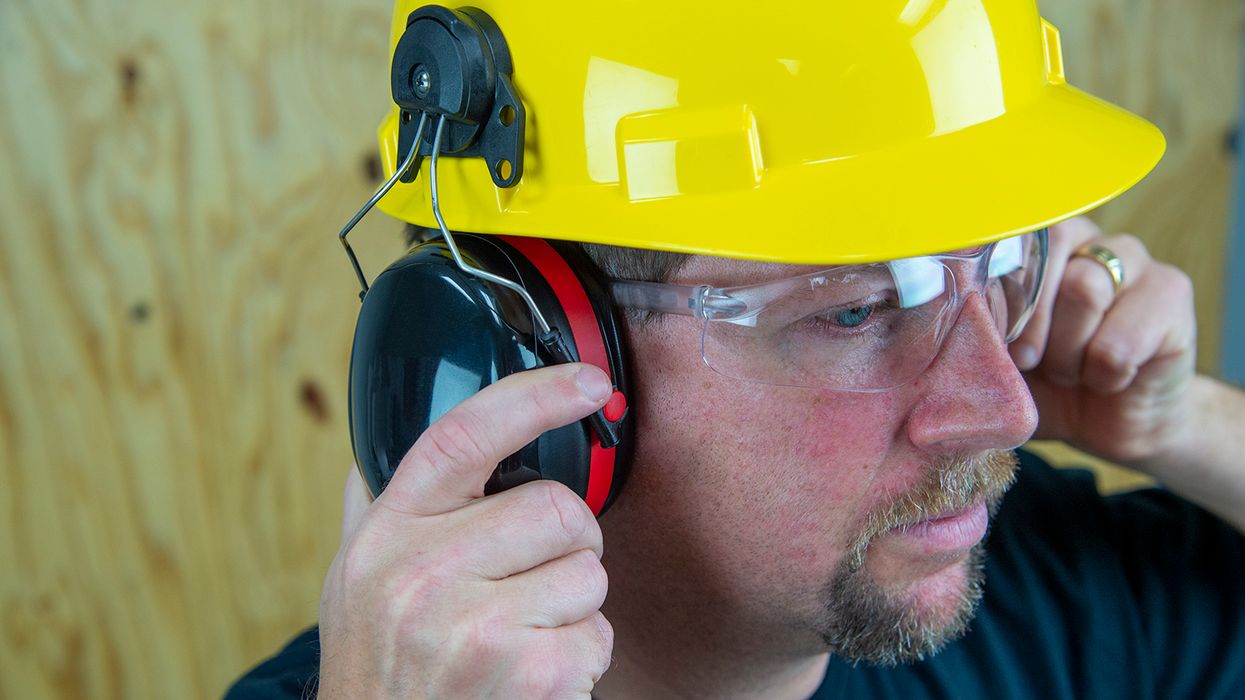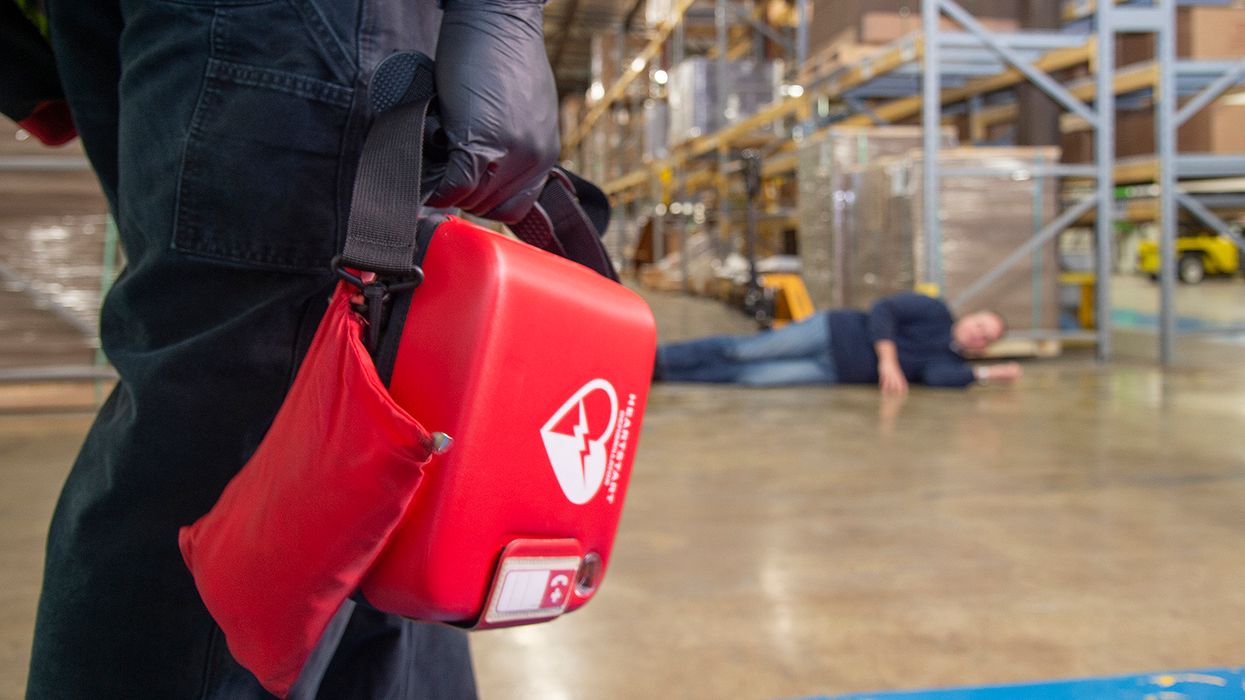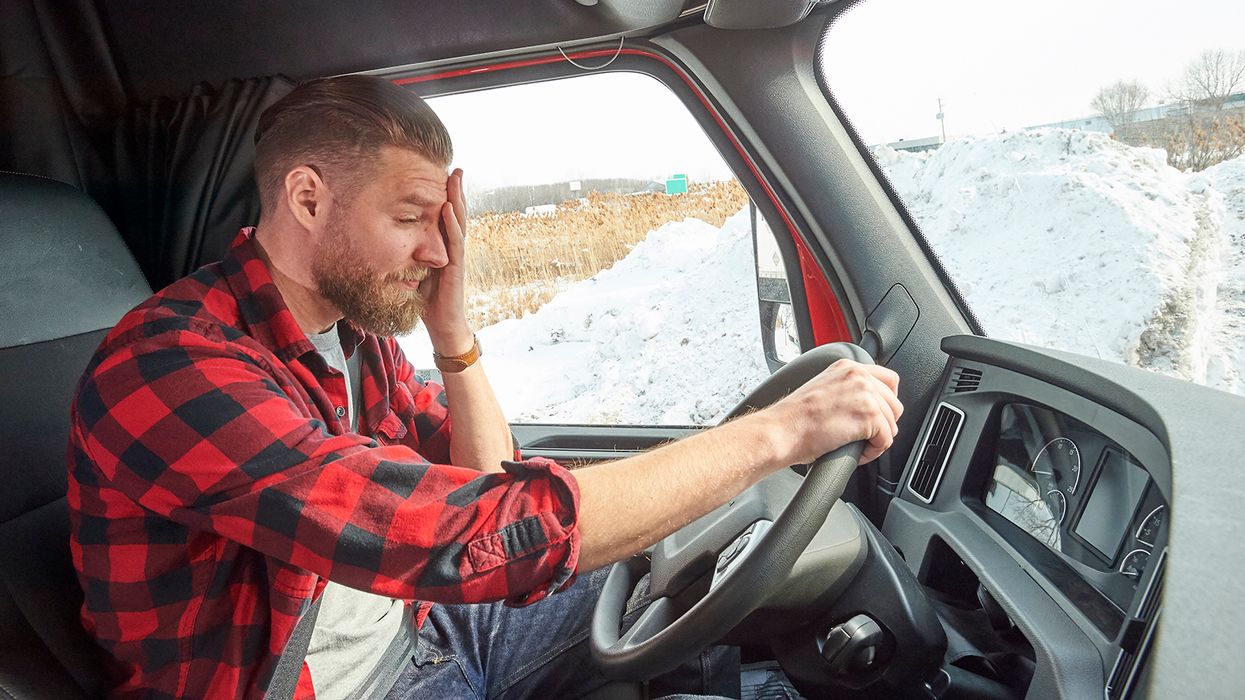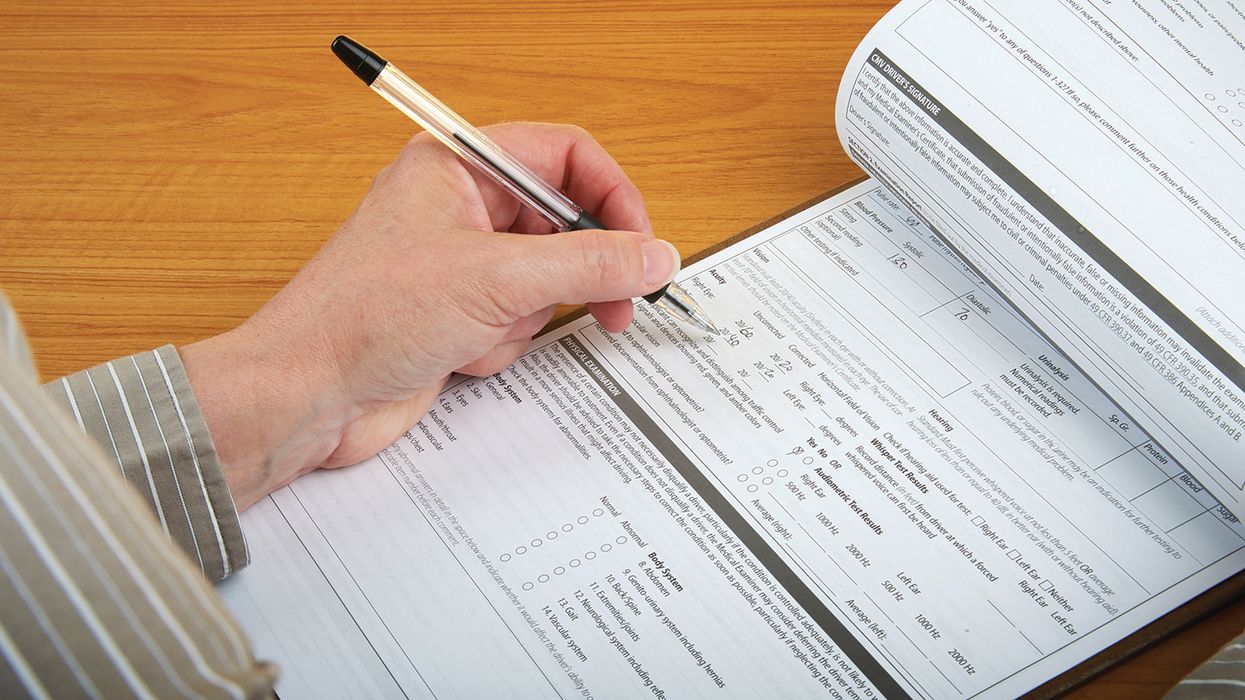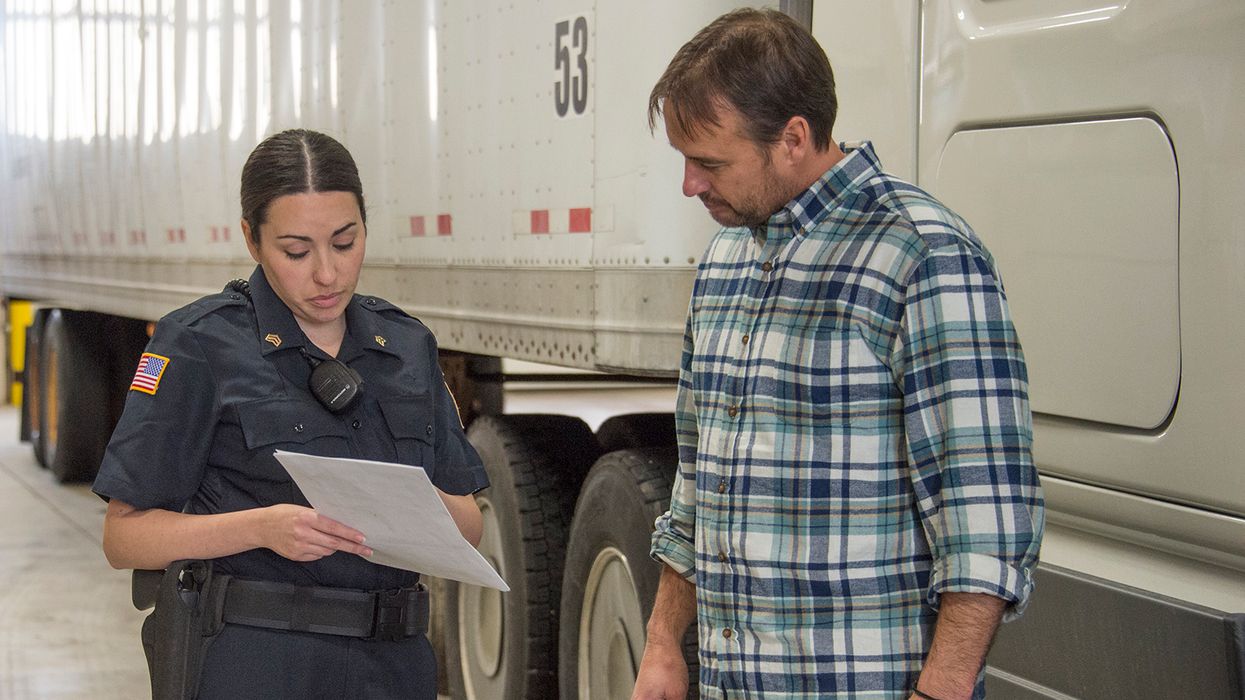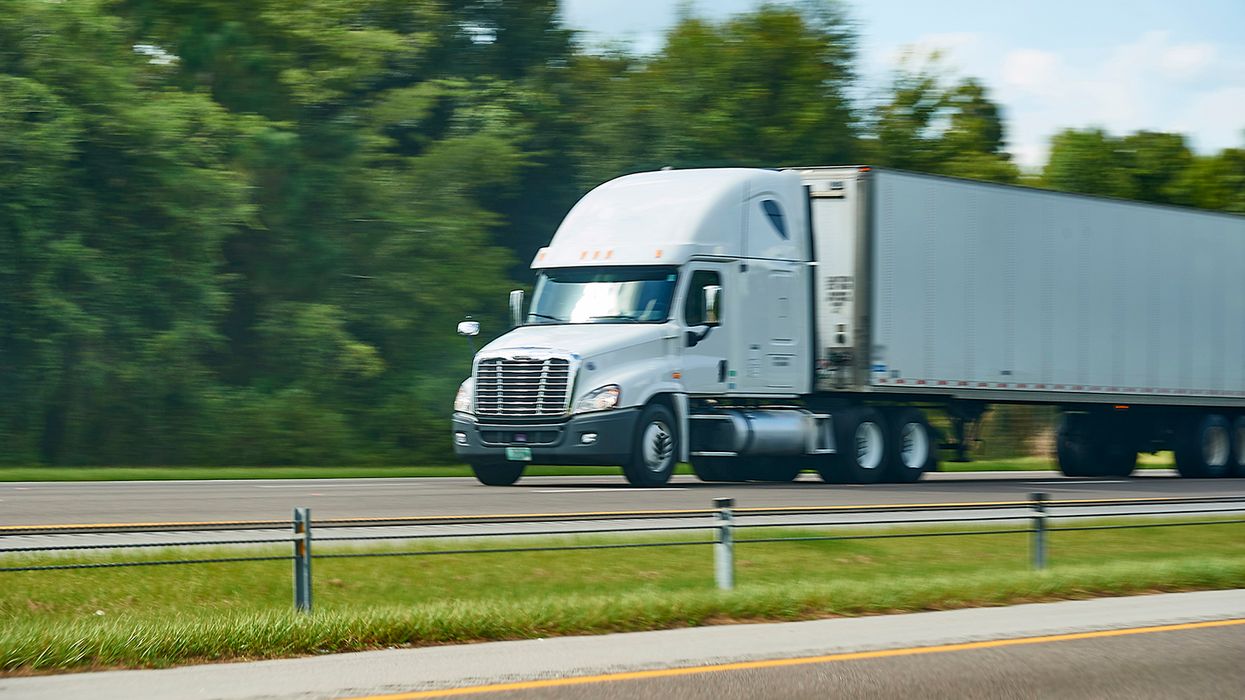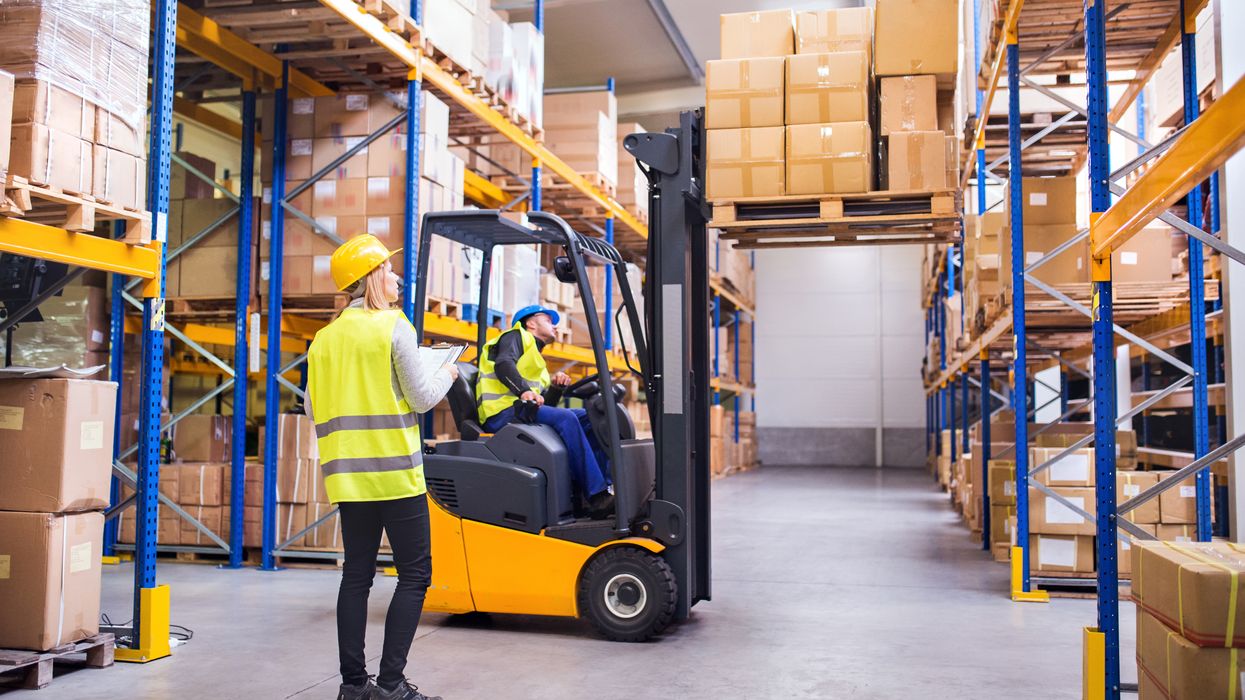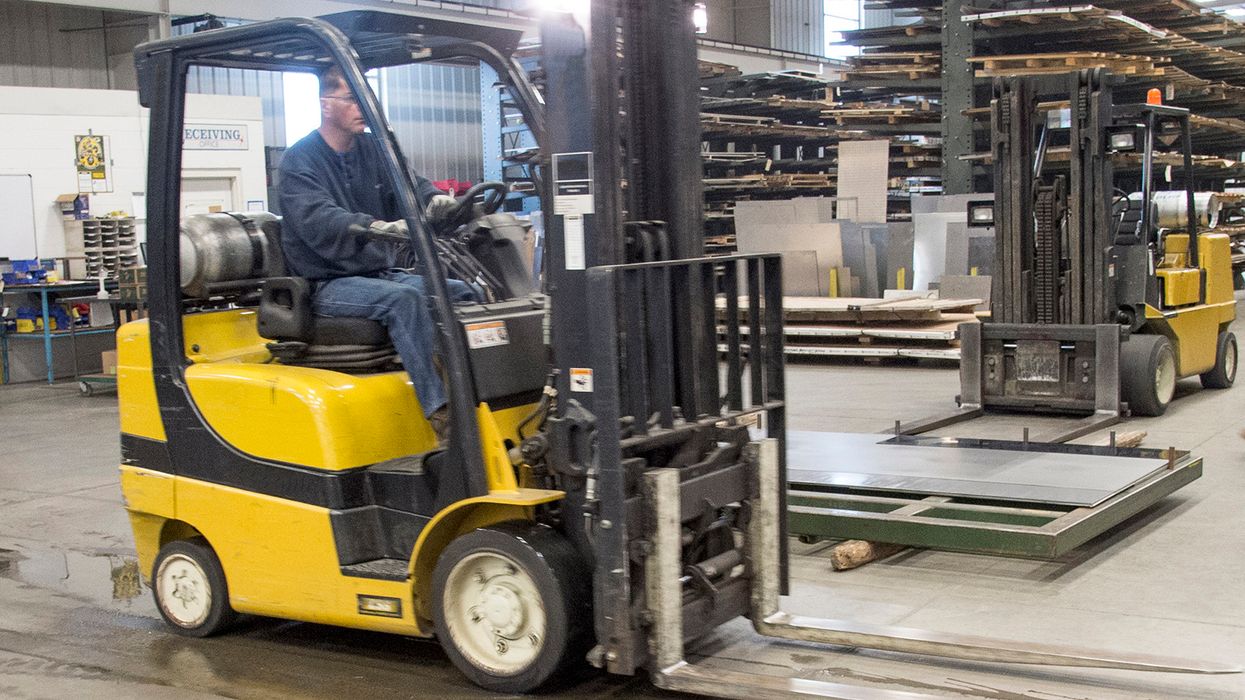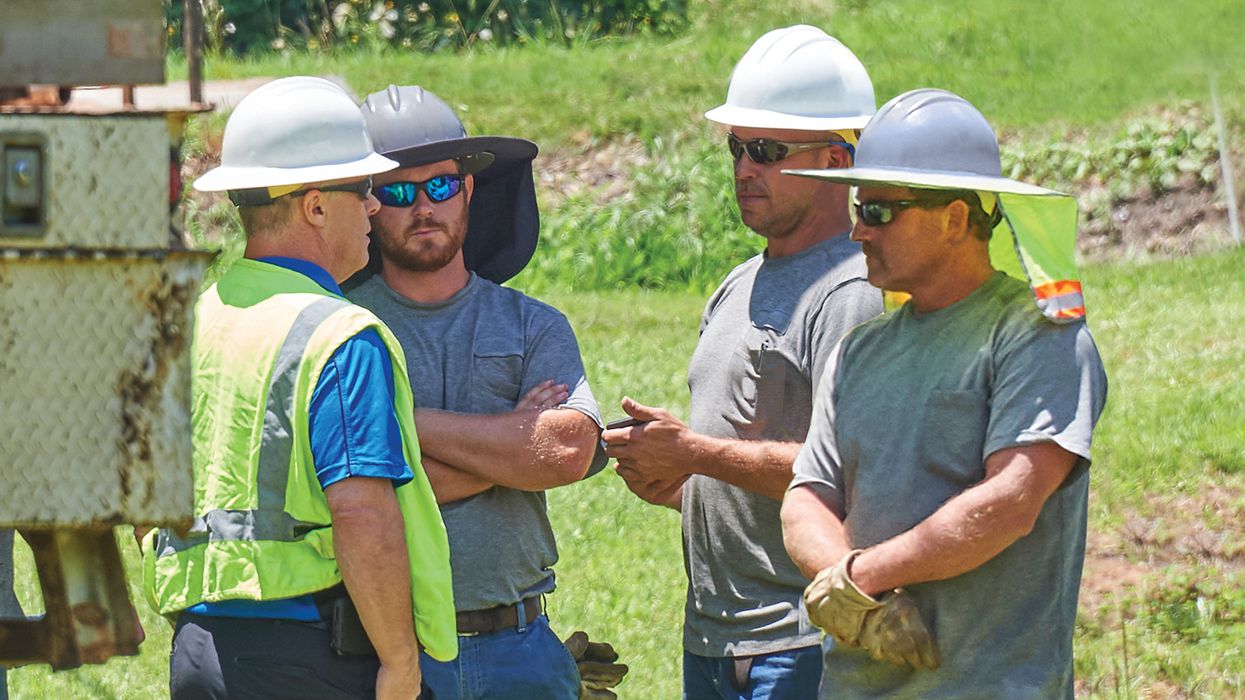Fall protection and steel erection
When it comes to fall protection requirements, most construction safety professionals are probably familiar with the OSHA standard 6-foot threshold for construction and the 10-foot threshold for scaffolding work. However, when it comes to steel erection, OSHA has established a different threshold due to the very nature of the work that’s taking place when a steel structure is under construction.
With steel erection, workers are usually in the process of creating a walking/working surface at the top level of the structure — meaning that there may be no available surface above the workers’ foot level on which to create anchor points for fall protection. According to OSHA, that makes conventional fall protection “very difficult to deploy below 15 feet.”
Here’s what the standard, 29 CFR 1926.760, says about fall protection in steel erection:
- Employees who are on a walking/working surface with an unprotected edge more than 15 feet above a lower level must be protected by conventional fall protection.
- Perimeter safety cables must be installed at the final interior and exterior perimeters of multi-story structures as soon as the decking has been installed.
The 15-foot rule means all steel workers (such as those who are engaged in activities like bolting, welding, plumbing, and detail work) must have and use fall protection when working at or more than 15 feet above a lower level. However, OSHA also makes exceptions for two types of workers in the steel erection standard: connectors and those who are working in controlled decking zones.
Connectors
Connectors (those who work on raising and placing structural members like columns and beams) must:
- Be protected by conventional fall protection when working on a surface with an unprotected edge more than two stories or 30 feet above a lower level.
- Have completed the connector training described in 29 CFR 1926.761.
While working at heights over 15 and up to 30 feet, connectors must:
- Be provided with a complete personal fall arrest system or other allowable fall protection.
- Wear the equipment necessary for tying off.
Controlled decking zones
A controlled decking zone, or CDZ, is an area where certain types of work can take place without fall protection. A CDZ can be set up where metal decking is initially being installed and forms the leading edge of a work area over 15 feet and up to 30 feet above a lower level.
Leading-edge workers in a CDZ must:
- Be protected from fall hazards above two stories or 30 feet (whichever is less).
- Have completed CDZ training in accordance with 29 CFR 1926.761.
CDZs are restricted areas. Individuals who are not engaged in the leading-edge work and not properly trained in the hazards involved are prohibited from entering the CDZ.
For more information about necessary requirements for a CDZ, see 29 CFR 1926.760(c)(3)–(c)(7).
Fall protection equipment criteria
The criteria for fall protection equipment in steel erection are the same as that for other construction activities.
- Guardrail systems, safety-net systems, personal fall-arrest systems, positioning-device systems and their components must conform to the criteria in 29 CFR 1926.502.
- Fall-arrest system components must be used in fall-restraint systems and conform to the criteria in 29 CFR 1926.502.
- Either body belts or body harnesses may be used in fall restraint systems for steel erection. Perimeter safety cables must meet the criteria for guardrail systems in 29 CFR 1926.502.
Key to remember
Because of the specialized nature of steel erection activities, some of OSHA’s standards for fall protection are different from those of general construction. The full standard for fall protection in steel erection can be found at 29 CFR 1926.760.






























